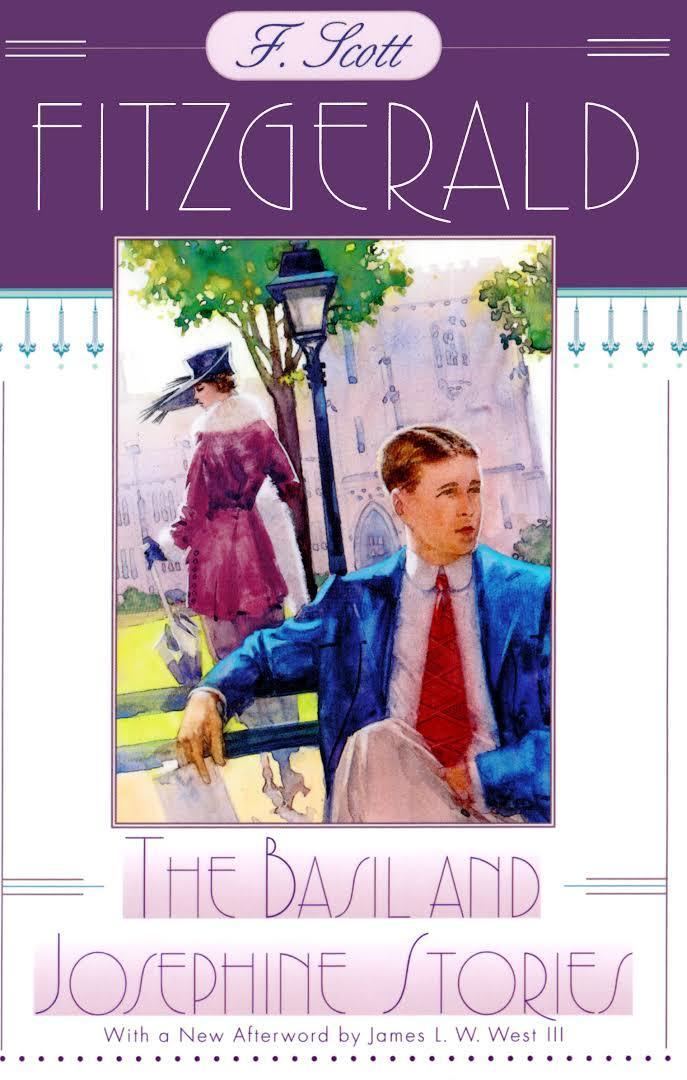8 /10 1 Votes8
Originally published 1928 Genre Fiction | 4/5 Goodreads | |||||||||||||||||||||||||||||||||
 | ||||||||||||||||||||||||||||||||||
Similar F Scott Fitzgerald books, Classical Studies books | ||||||||||||||||||||||||||||||||||
The Basil and Josephine Stories are a collection of two separate short stories collections (one about Basil Duke Lee, the other about Josephine Perry) by F. Scott Fitzgerald which initially ran serially in The Saturday Evening Post, and some of which were later collected in Taps at Reveille and other posthumous short story collections. The title characters were intended by Fitzgerald to meet each other, but this never happened in his literature.
Contents
In various correspondences Fitzgerald expressed admiration for the Lee stories, based on a young man's life in the Midwest. Josephine is a sultry character who is presented as a headstrong woman. Some critics have theorized she is based on Ginevra King, the celebrated Chicago debutante who was Fitzgerald's "first love".
Stories
The Basil stories detail the emotional growth of a character named Basil Lee who starts as a young man living in the Midwest and ends up, by the age of 17, ready to enter the world of Yale. Throughout the stories he is unaware of his potential until the moment he is about to lose it. Josephine Perry is described as a "Chicago Girl" whose family has a prominent role in society. This allows her to make decisions without fear of consequences. For example, when she is expelled from school she is reinstated because of her father's influence. Unlike other rebellious teenagers, such as Holden Caulfield, Josephine understands her academic problems will sort themselves out on their own.
Both characters find true love is alluring but fleeting and both stories detail the evolution of each particular character's destiny, whether they like it or not.
History
Fitzgerald wrote these stories circa 1928, when he was bucking the pressure to write a sequel to The Great Gatsby. Toiling over Tender is the Night, he wrote these stories while reflecting on his youth in the Midwest. The Saturday Evening Post published the bulk of both the Basil and Josephine stories providing Fitzgerald with an ample regular paycheck. He noted that the characters typified what he called "emotional bankruptcy" and it was during this time he also wanted to claim a part of his past he once cherished, while resenting the nefarious influence of class distinctions and sell-outs in the world.
